 |
 |
 |
| |
Young Recent Drug Injectors Run High HCV Reinfection Risk in BC
|
| |
| |
Cumulative incidence of HCV reinfection through about 5 years was 30% in recent injectors and 12.8% in past injectors.
AASLD-The Liver Meeting, November 4-8, 2022, Washington, DC
Mark Mascolini
Young drug injectors, especially those with an opioid use history, ran a higher risk of HCV reinfection after sustained virologic response (SVR) to direct-acting antivirals (DAA) than did comparison groups [1]. This analysis of 8423 people in British Columbia (BC), Canada linked antipsychotic treatment to lower reinfection risk.
In this province on Canada's west coast, DAA use by people who inject drugs got off to a slow start, according to researchers at the British Columbia Centre for Disease Control (BCCDC) who conducted this study. But DAA uptake has been climbing among drug injectors. That trend raises the question of how they fit into the HCV reinfection scenario in British Columbia and what factors raise or lower reinfection risk. Understanding reinfection rates and risks should help improve HCV elimination efforts.
To gather a study population, the investigators turned to the BC Hepatitis Testers Cohort (BC-HTC). The cohort includes all people tested for HCV or HIV at the BCCDC Public Health Lab as well as people reported as a case of HCV, HBV, HIV, or active tuberculosis infection since 1992. This study focused on people treated with DAAs who attained SVR then had a subsequent HCV RNA test. Follow-up continued from the date of SVR to HCV reinfection, death, or last HCV RNA measure before October 31, 2021, whichever came first.
The researchers defined reinfection as a single positive HCV RNA measurement after SVR, which they defined as undetectable HCV RNA 10 or more weeks after DAA therapy ended. Determination of drug injector status rested on 2 medical visits, 1 emergency room visit, or 1 hospital admission. The research team used Cox proportional hazards modeling to figure adjusted hazard ratios indicating factors independently associated with HCV reinfection.
The study group of 8423 people included 1658 recent drug injectors (those with a medical visit within 3 months), 1437 past drug injectors, and 5328 people with no history of drug injection (called noninjectors in this report for simplicity). Median age was younger in recent drug injectors than in past injectors or noninjectors (51 vs 55 vs 60 years) and recent injectors had a somewhat higher proportion of men (67.6% vs 64.0% in each of the other two groups). Recent injectors also had a substantially higher proportion with a major mental illness (70.4% vs 60.4% in past injectors and 21.2% in noninjectors) , a difference driven by a higher proportion with psychosis (36.3% vs 22.1% vs 3.7%). A higher proportion of recent injectors had problem alcohol use (63.6% vs 52.4% vs 15.7%), and a higher proportion had HIV infection (23.3% vs 15.9% vs 4.4%).
Median follow-up time came to 443 days in recent injectors and 392 days in past injectors. Cumulative incidence of HCV reinfection through about 5 years was 30% in recent injectors and 12.8% in past injectors. Reinfection incidence per 100 person-years stood a 4.39 in recent injectors, 1.04 in past injectors, and 0.54 in noninjectors. Among recent drug injectors, incidence per 100 person-years was higher in people under 30 years old (7.38 per 100 py) than in all older injectors, higher in opioid users (4.93 per 100 py) than in nonusers, and higher in those with HIV coinfection (5.45 per 100 py) than without.
An analysis adjusted for stimulant use and problem alcohol use identified three predictors of HCV reinfection in recent drug injectors:
- Age under 30 vs 50-59: adjusted hazard ratio (aHR) 3.26, 95% confidence interval (CI) 1.56 to 6.78
- Opioid use history: aHR 2.03, 95% CI 1.11 to 3.72
- Antipsychotic treatment: aHR 0.44, 95% CI 0.29 to 0.64 (lowers risk)
Men did not have a higher reinfection risk than women in this analysis.
The BCCDC team concluded that younger recent drug injectors, especially those who used opioids or have HIV coinfection, run a higher risk of HCV reinfection after SVR than comparison groups. This group, they added, needs more support to prevent reinfection. The researchers stressed the association between antipsychotic therapy and lower risk of HCV reinfection.
Reference
1. Janjua N, Wong S, Jeong D, et al. Hepatitis C virus reinfection after successful treatment with direct acting antiviral therapy in Canada. AASLD-The Liver Meeting, November 4-8, 2022, Washington, DC. Abstract 47.
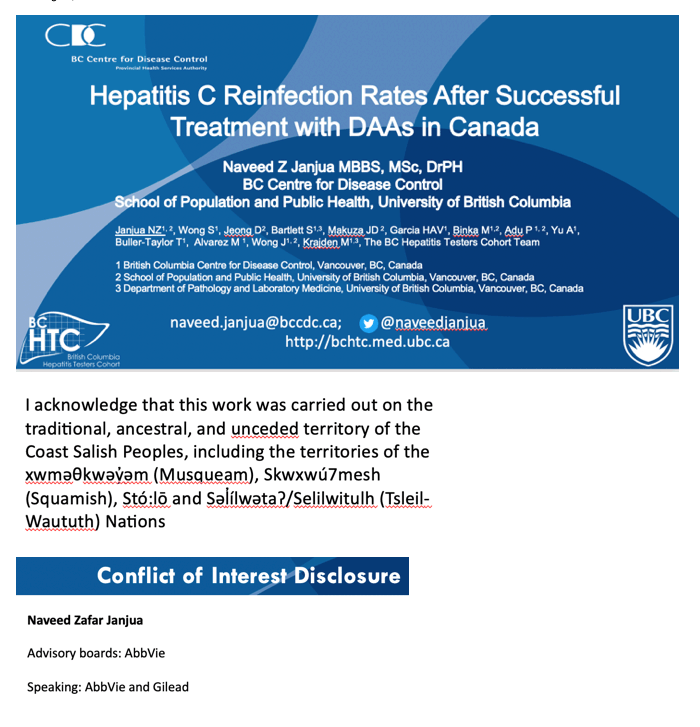
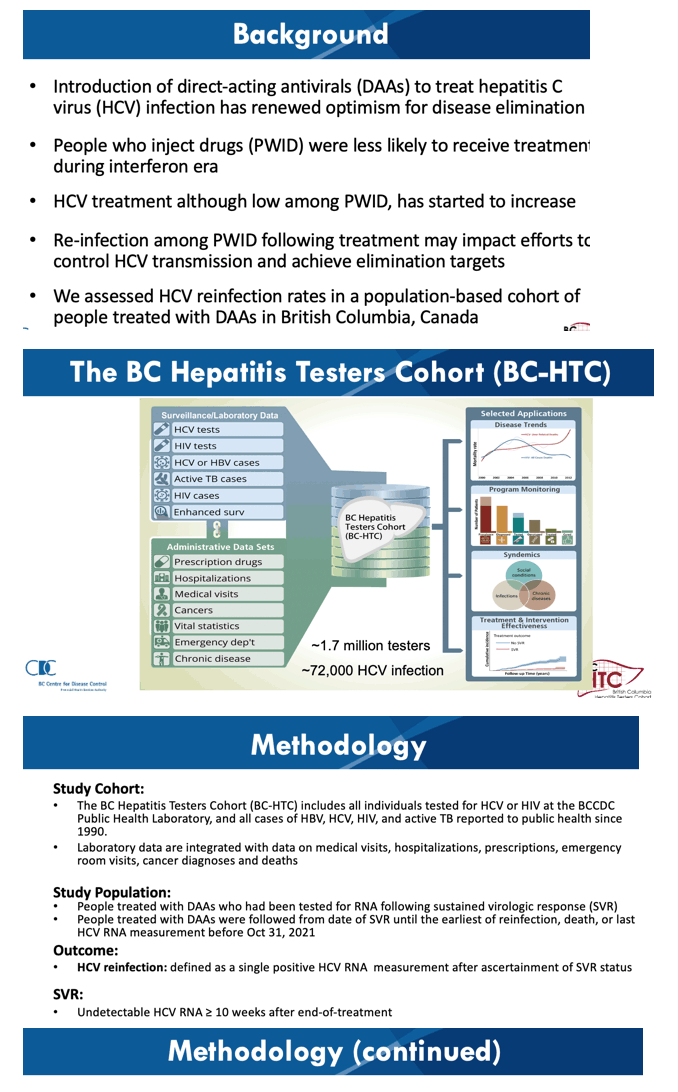
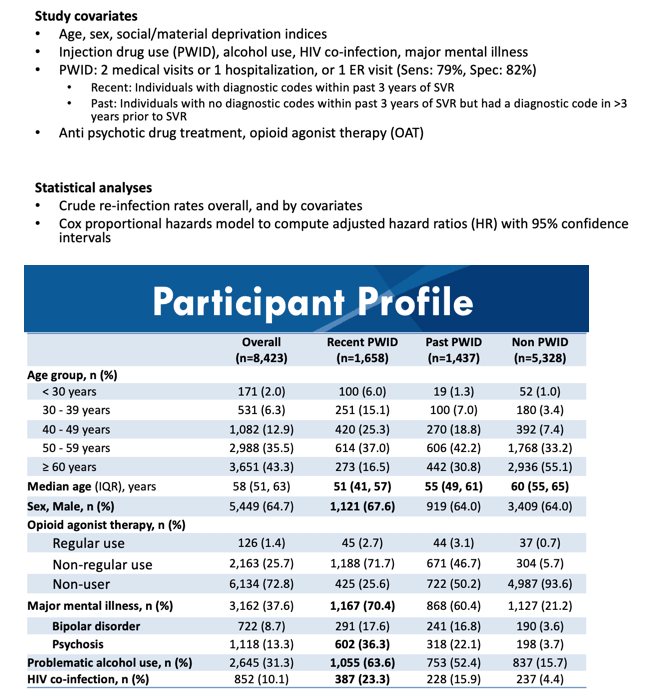
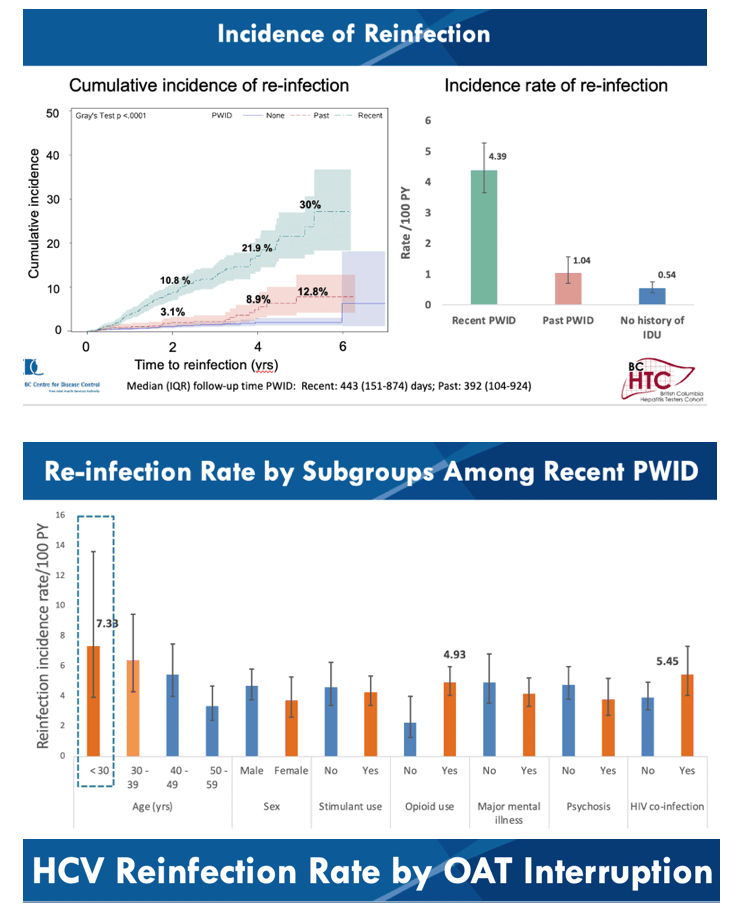
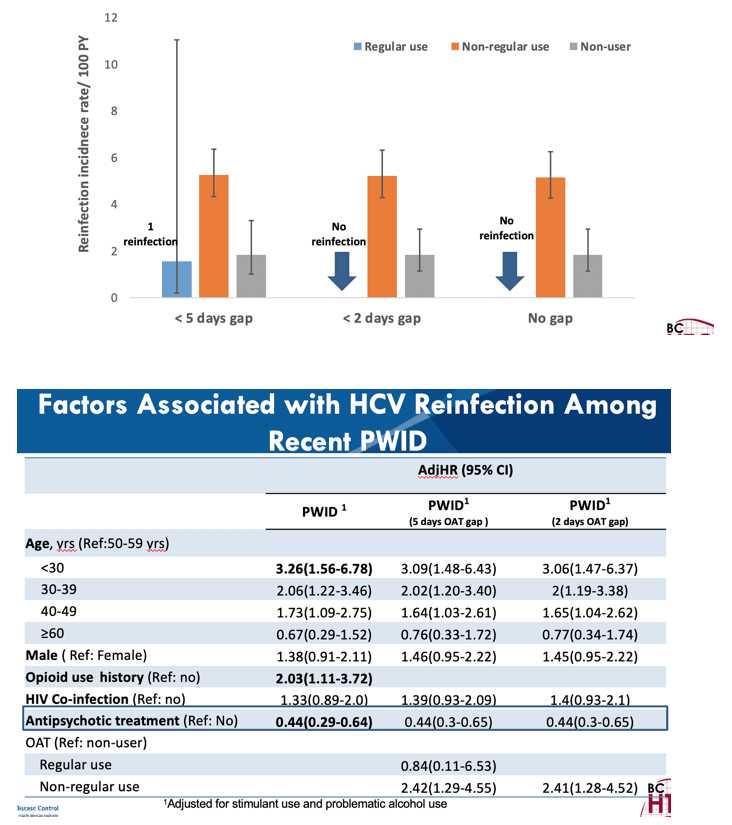
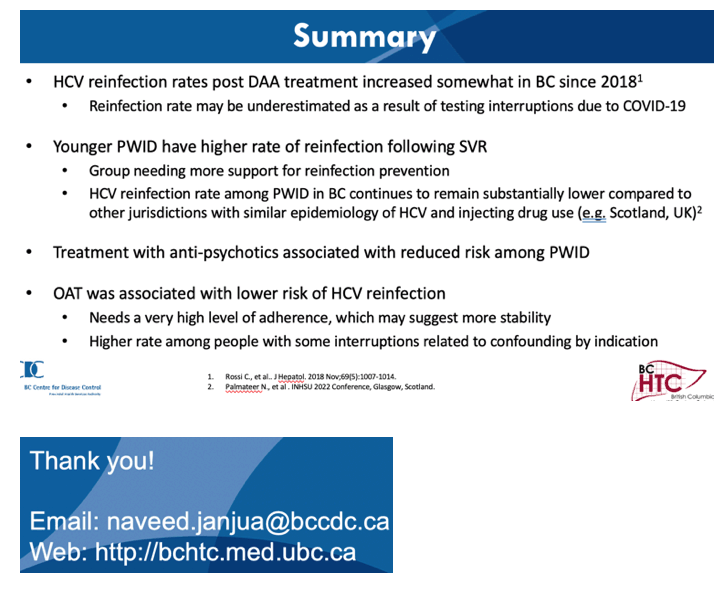
|
| |
|
 |
 |
|
|